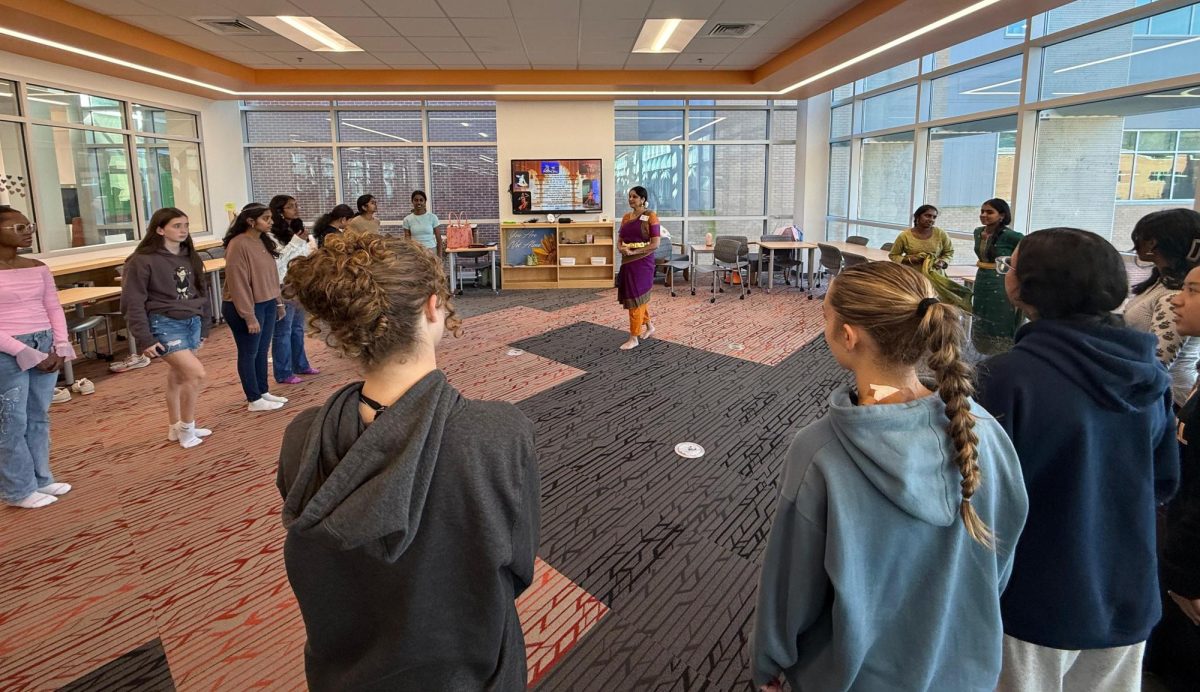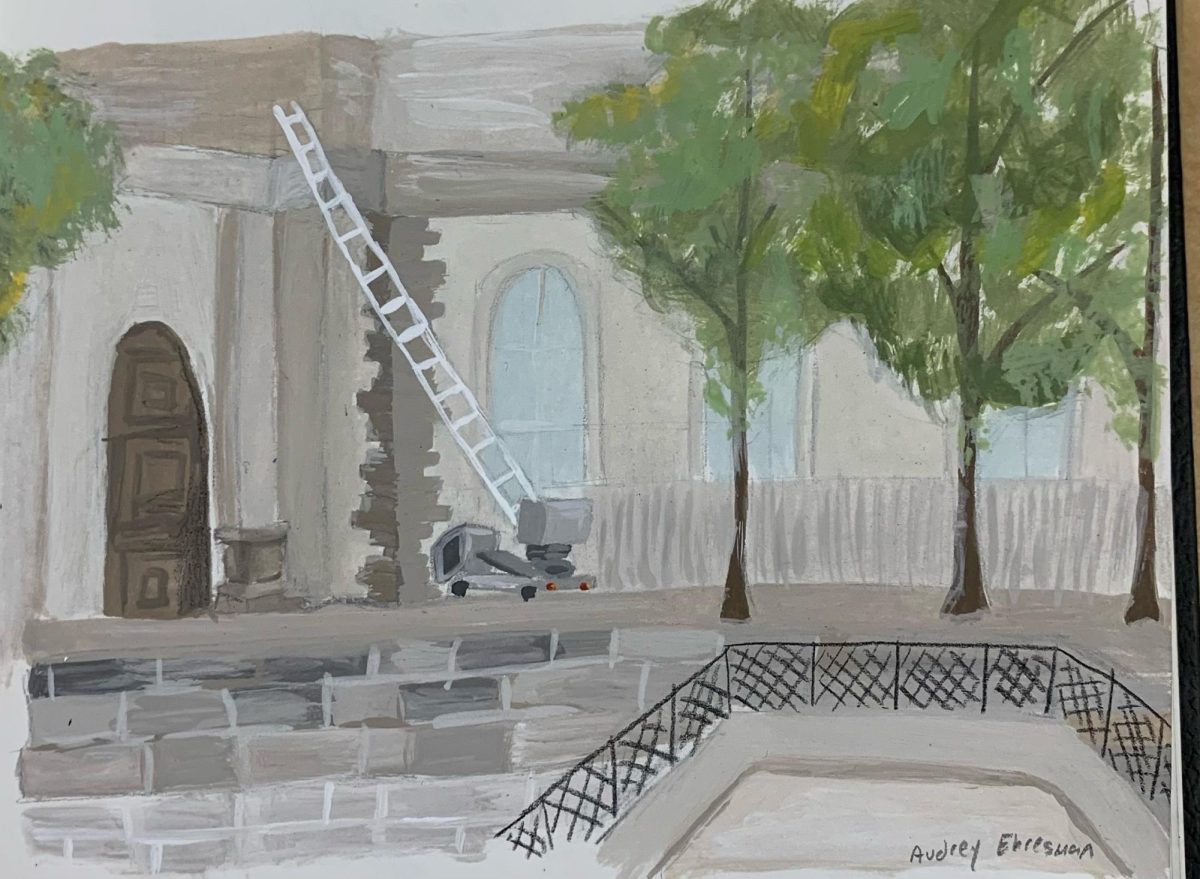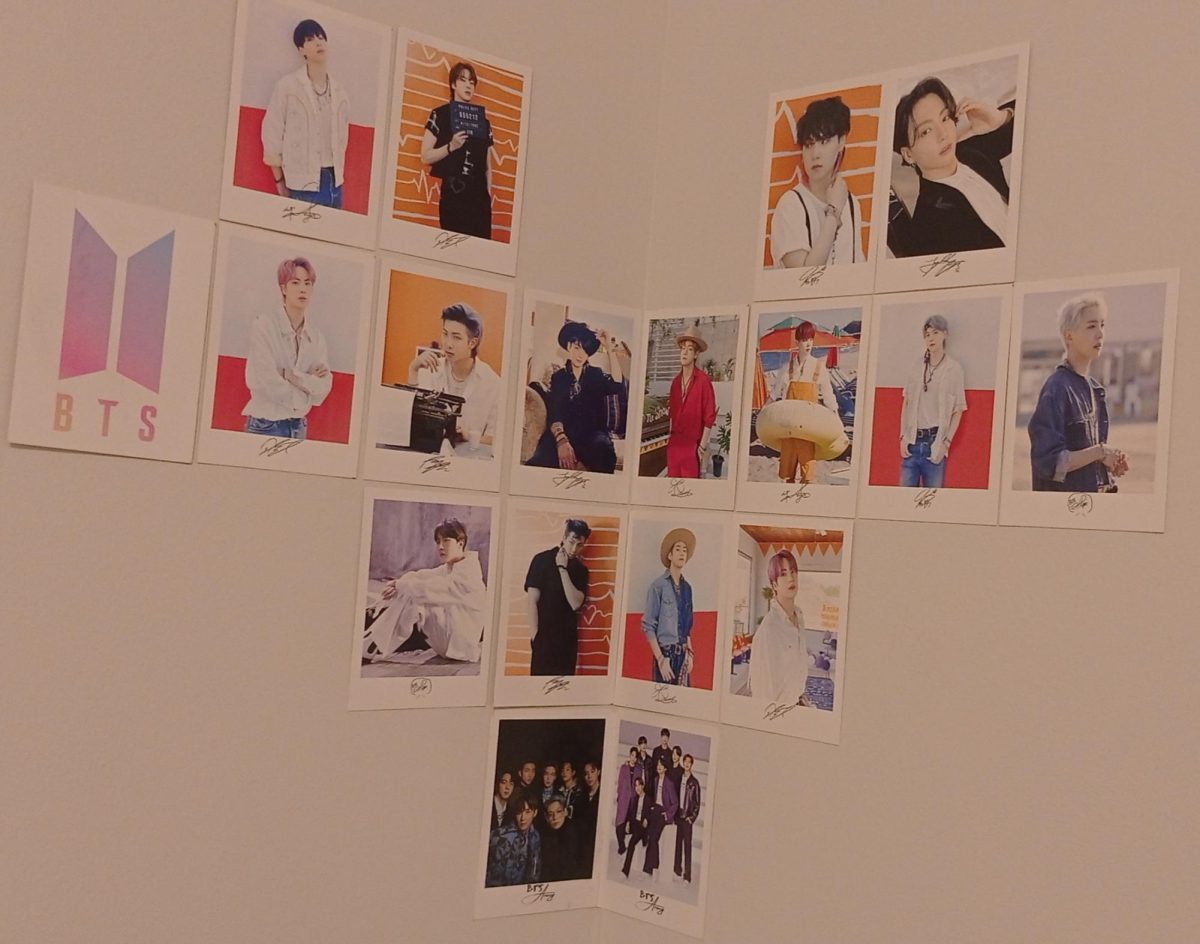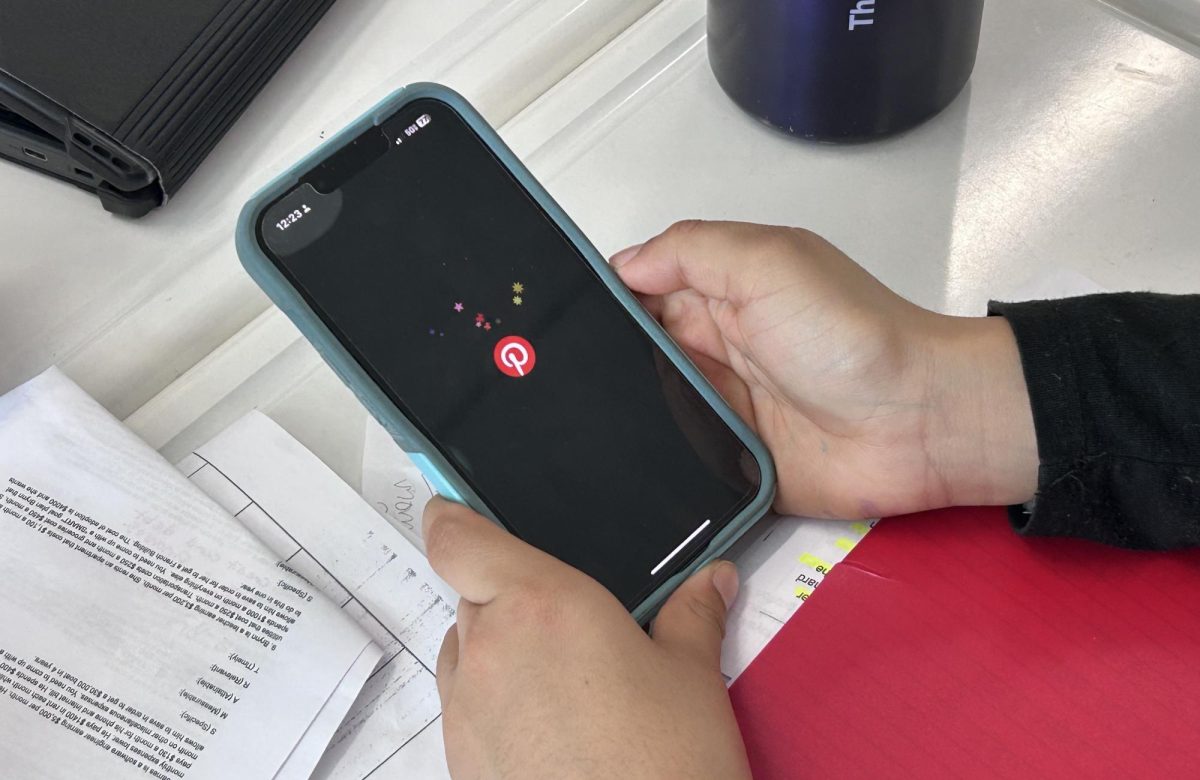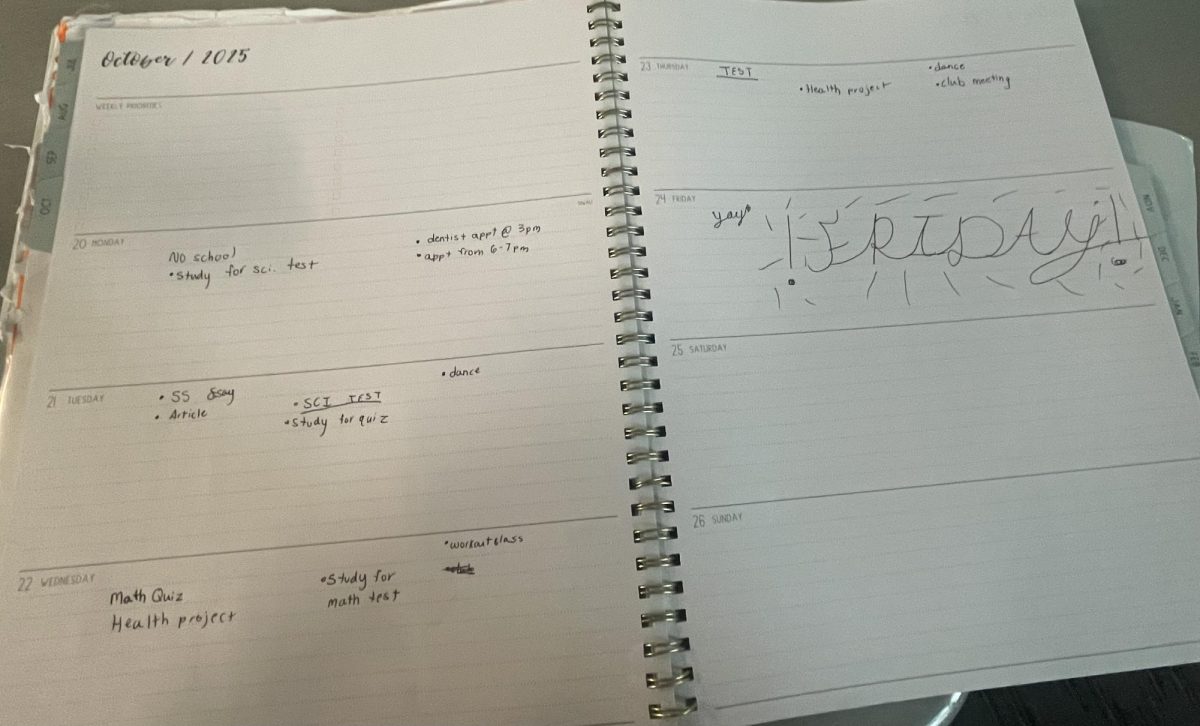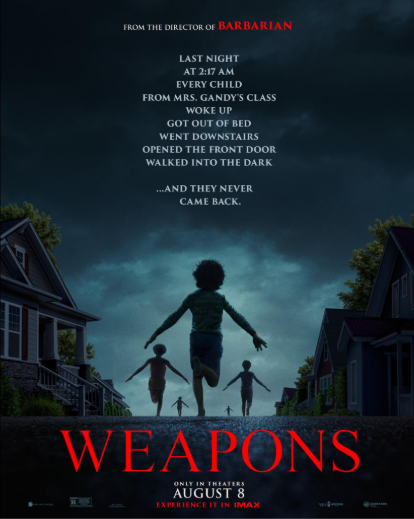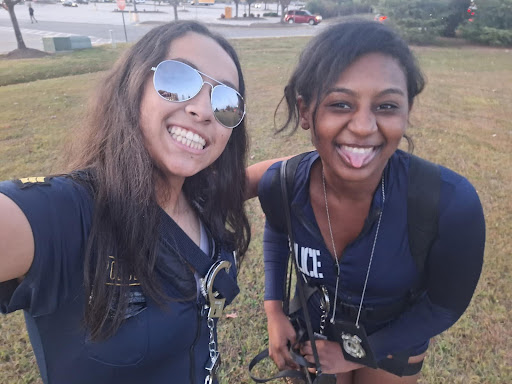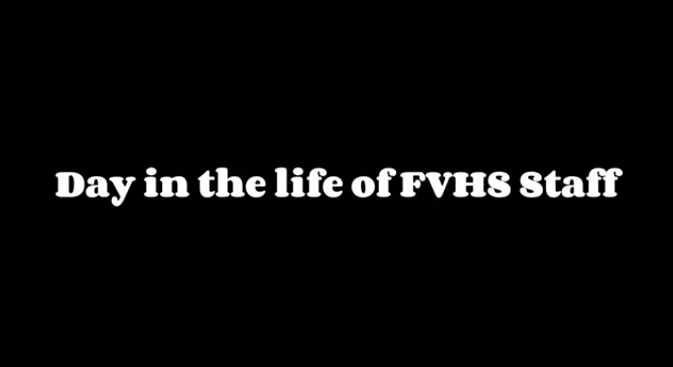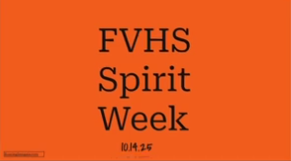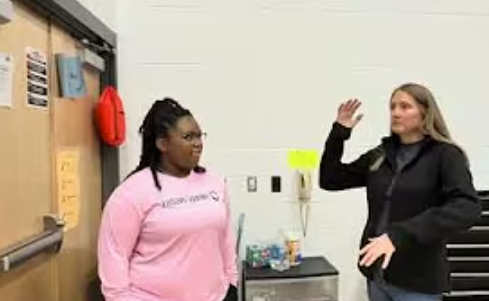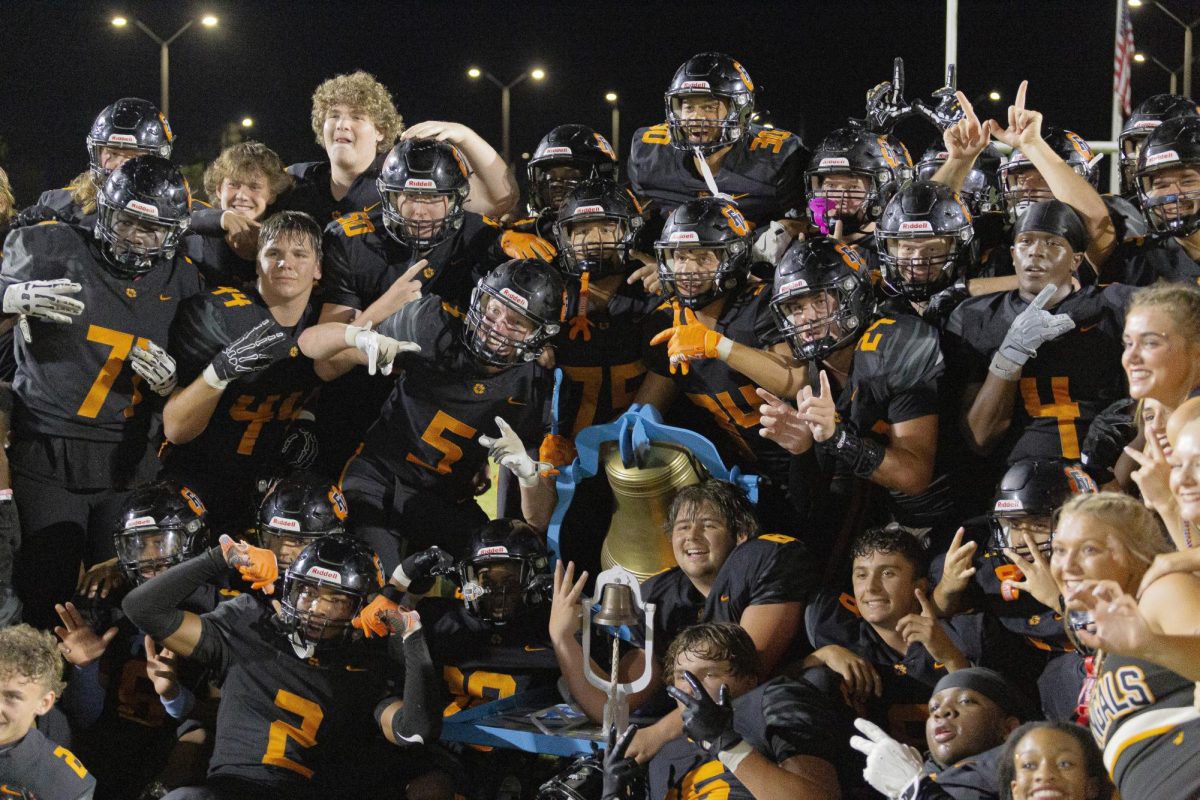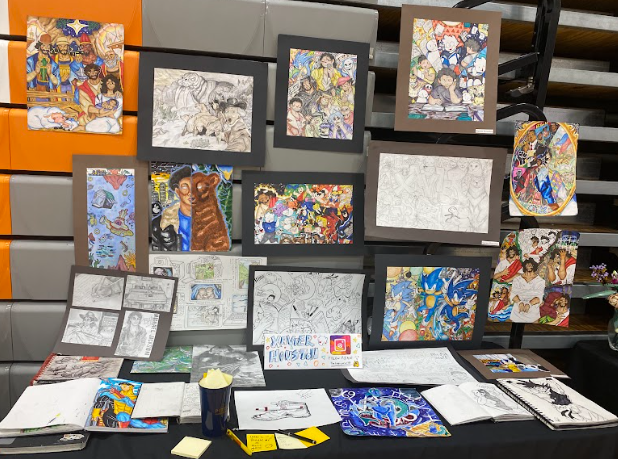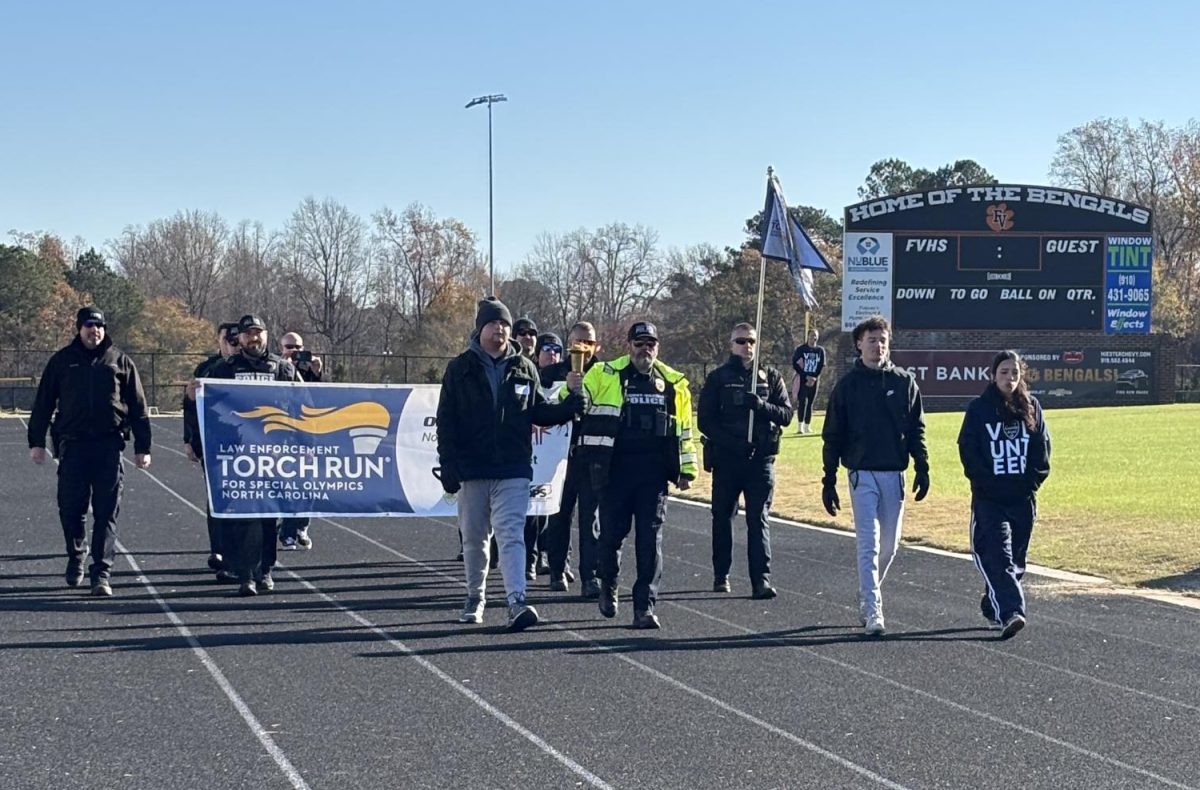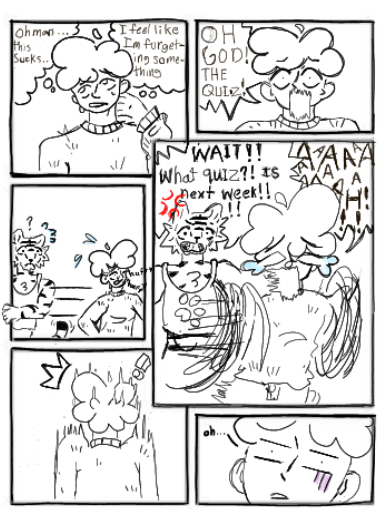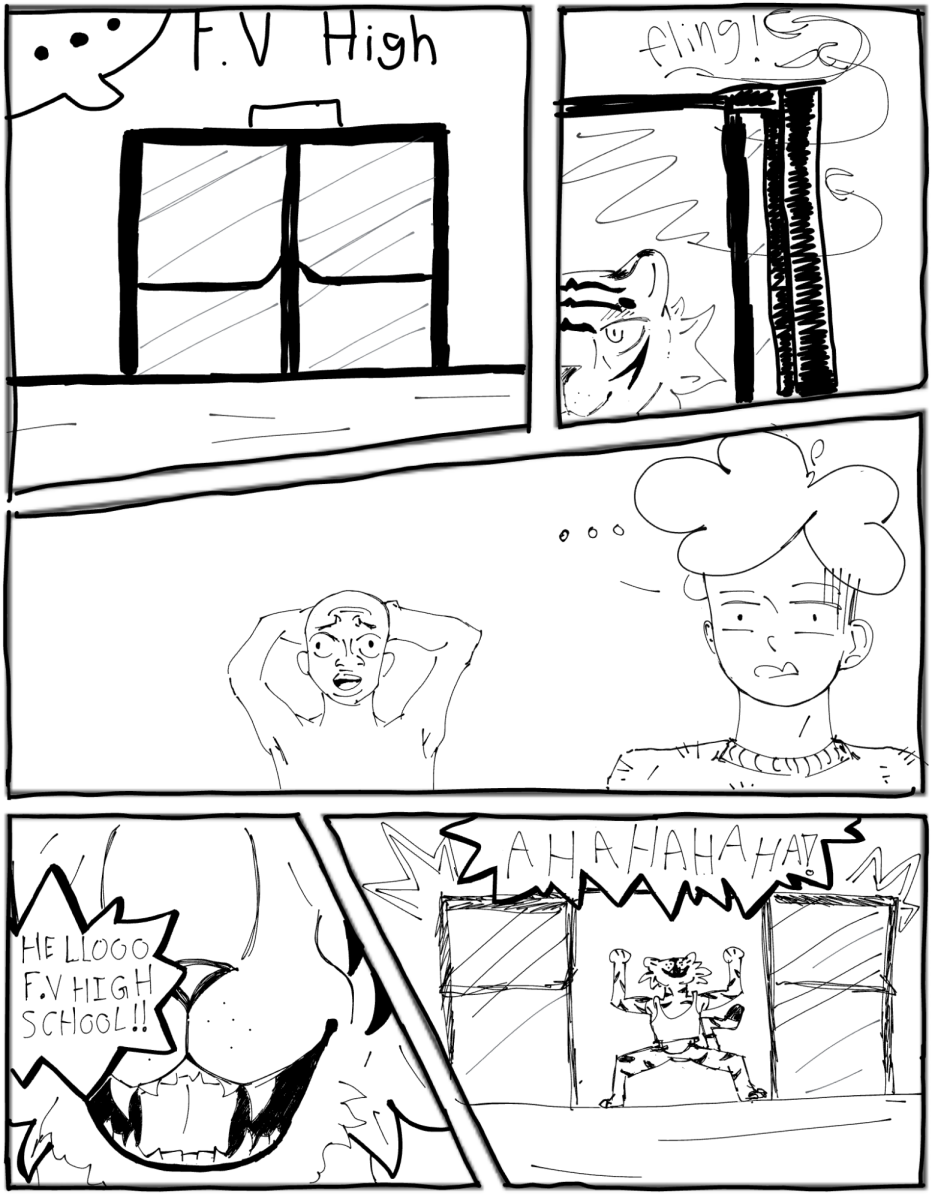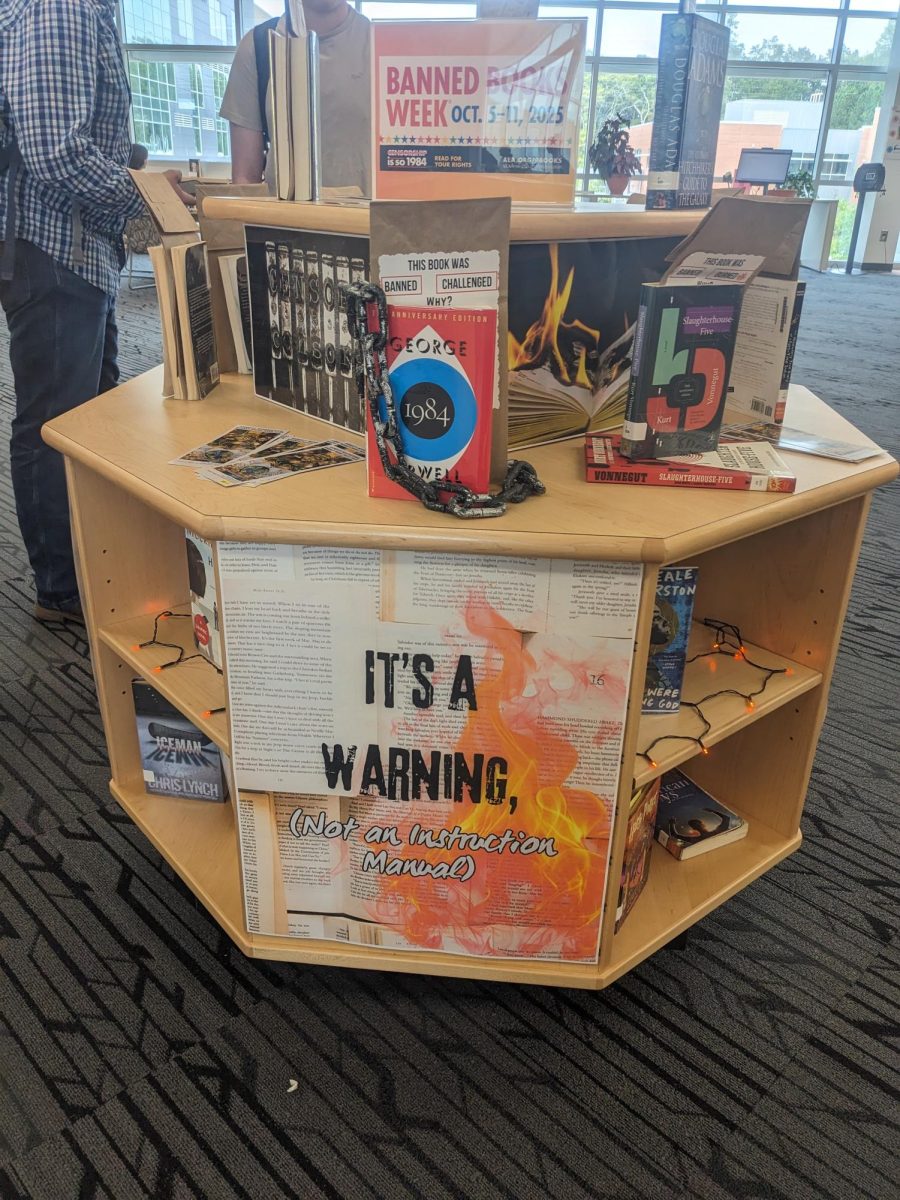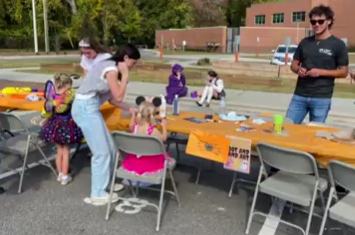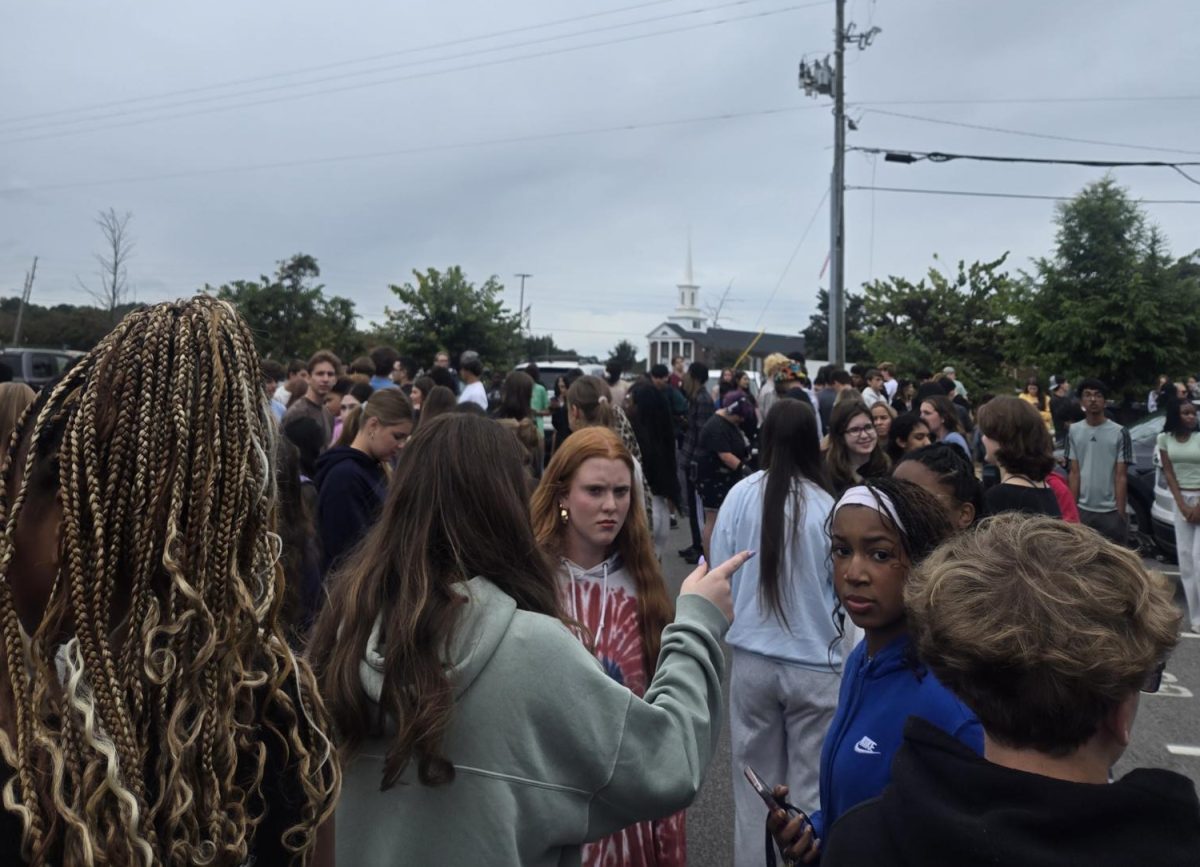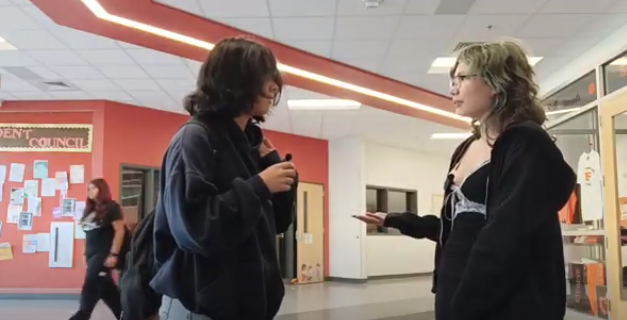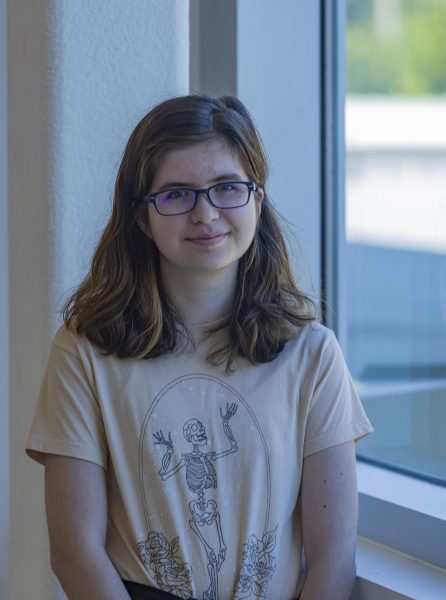Banned Book Week is Oct. 5-11 and was created to encourage freedom of speech. The theme this year is defending rights against censorship. Amnesty Club is helping others read banned books and question why they were banned.
Ipsitha Karnam is FVHS’ Amnesty International president.
“We have chapters all across the globe and Banned Books Week is one of our biggest events. We have Write for Rights events where we get people to write to their legislators and make it super easy to connect with them. We have petitions so we can free people who have been imprisoned just for expressing their own opinions,” said Karnam.
North Carolina has House Bill 636 called “Promoting Wholesome Content for Students” which makes public schools’ books go through a community review process to look for “vulgar” stories that are considered inappropriate. This can allow one person from the school or outside of the school to ban a book. Many people argue against this bill in fear that it suppresses people’s view points and restricts freedom of speech. The News & Observer shows how this law makes it harder for teachers to find books for their students.
Karnam said, “When I was in fourth grade we read a book called ‘Esperanza Rising’ and that book at our elementary school … it was a big thing. I didn’t know why it was [being banned]. It was a book about a ten year-old girl who moved to a new place … She had to learn the value of hard work, and she learned how to be kind, empathetic and look at people who didn’t come from her worldview. I realized that [people] could have seen that Esperanza was an undocumented immigrant, which I didn’t know because I was 10. What I saw was a 10 year-old who had to leave a place where she felt comfortable.”
According to American University, 21 percent of banned books are about race while 41 percent deal with LGBTQ+ themes. Some banned books dealing with racial themes are banned just because there was a person of color as a character according to Temple University. This leads to more children not feeling represented in books, which causes people to lose interest in reading because they can not see themselves in the story.
“I didn’t read a book with an Indian main character until I was 11 years old. When I was seven, one of my favorite book series was ‘Sew Zoey’ which is about a girl who started a sewing business. One of her best friends was Indian and I remembered that was like the biggest representation I got, and I was so thrilled and she was just a side character,” Karnam said.
Reading in general is also important as reading comprehension skills have declined. Reading books has shown signs that it can increase people’s creativity and empatheticness. Additionally, adding books about different perspectives is good so more children can read a book about them.
Karnam said, “I think it’s just so magical to open a book and be able to read it.”



